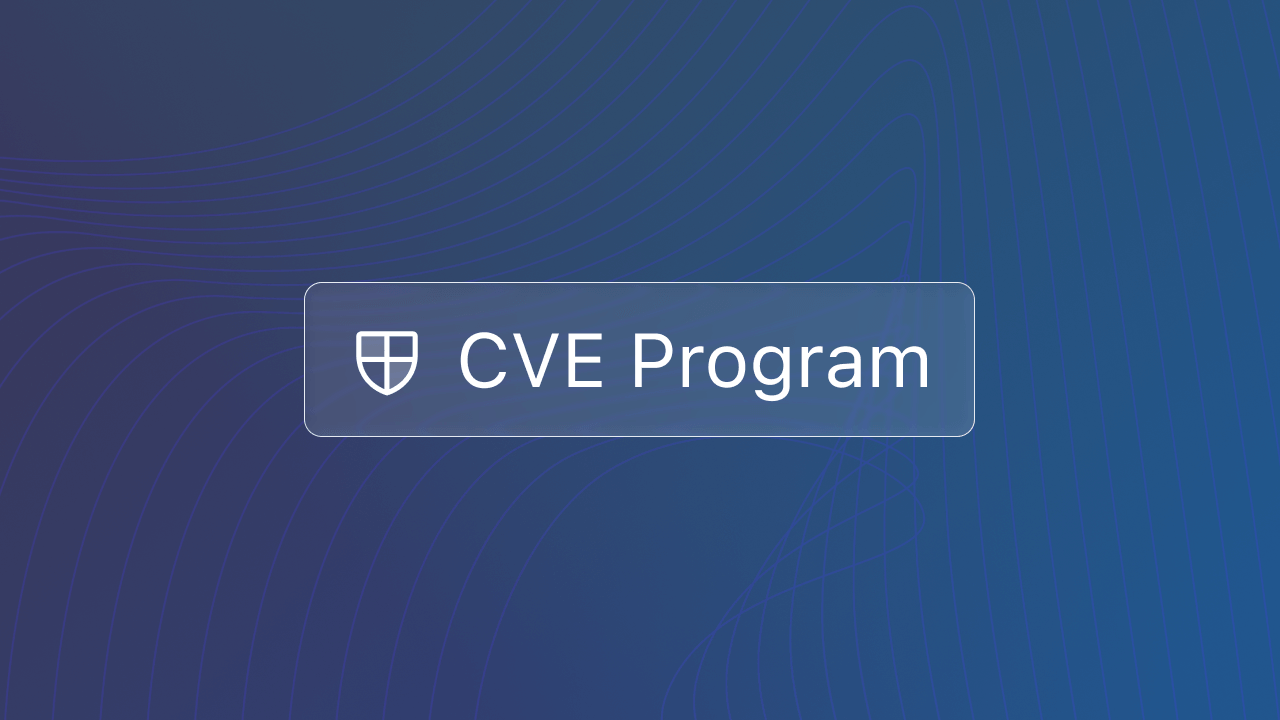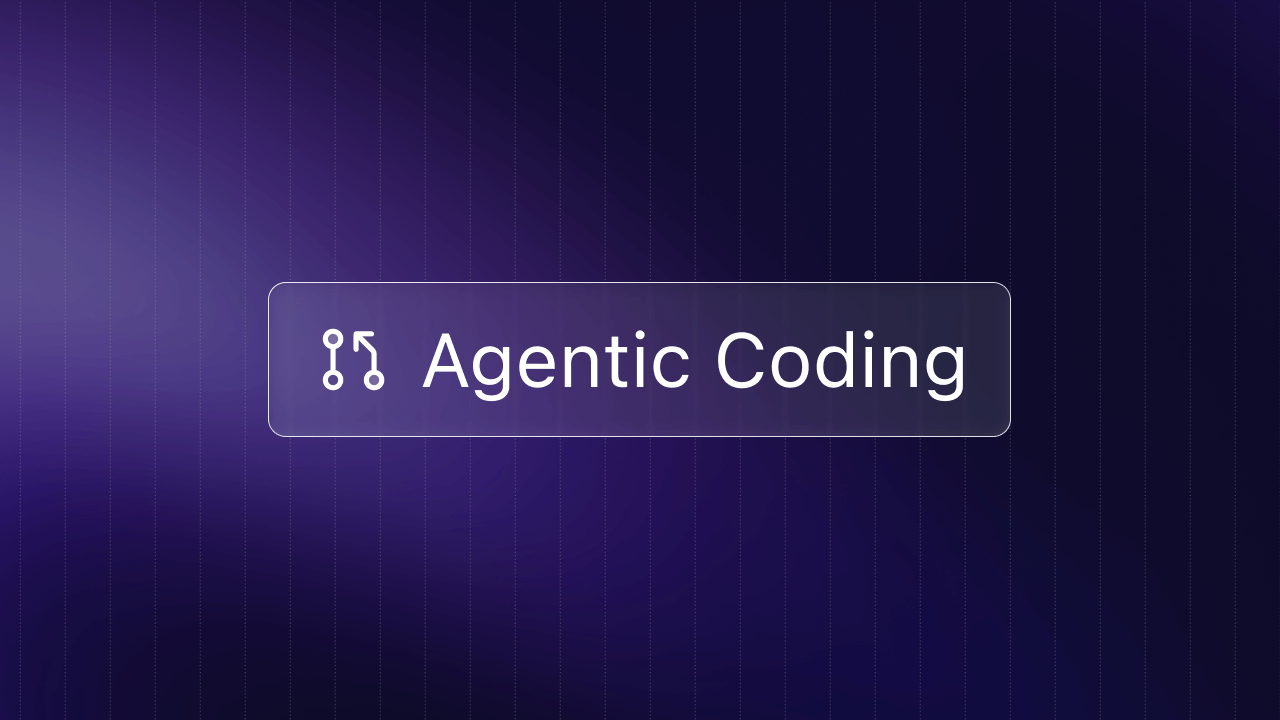TL;DR
- It's critical to identify the best programs as early in the lifecycle as possible
- To see the full scope, you need to understand product + business model + go-to-market strategy, which make up the Innovation Triangle
- To value a program, you need to understand value differential + time to value + market opportunity, which make up the Value Triangle
- Successful entrepreneurs use frameworks to radically improve their odds for success
Great engineers are defined by the companies they work for and the programs they code. So finding program-company fit is the most important thing an engineer can do.
The key is to find the right company and program as early in its life cycle as possible—when you can make the biggest impact.
So how do you find the right company and program early, when information is least available?
Silicon Valley legends are often well known for starting or investing in great ideas well ahead of the curve—well before the companies reach any significant scale or become brand names.
Andreas Bechtolsheim is a Silicon Valley legend and one of the original founders of Sun. As a founder and angel investor, he's accumulated over $5 billion across a range of tech companies.
He recently took his latest "startup" public: Arista Networks ($20 billion market cap in 2018). He cofounded Arista with his longtime technology partner, David Cheriton. David's another Silicon Valley legend.
Andy and David have been the earliest investors in some of the world's biggest companies.
Here's the story of one of those companies.
David called Andy one day and asked him to come over. At the time, David was one of the leading professors of computer science at Stanford, and two graduate students wanted to pitch them their idea.
Huddled around a table, the gangly students opened a laptop. In the center of a white screen sat a low, simple rectangle. Beneath it sat two buttons. One said, "Search." The other said, "I'm Feeling Lucky."
The logo read: "Google."
The two students answered a few questions. How many sites had they indexed? At what speed? What volume of searches were they seeing? How many servers and how much storage had they consumed? How would they monetize the solution? How much did they think they could charge for online micro-advertisements?
Andy did a little math in his head. He quickly concluded: this business will never run out of money. He admits he had no idea how quickly and how large the monetary tail would scale, but he knew it would succeed.
This is the innovation triangle that Andy identified in minutes:

When you're identifying a company or program, it's important to ask enough questions to get complete view—not only of the product but also of the business itself.
The three most important things to understand are the product, business model, and go-to-market strategy. These three comprise the Innovation Triangle.
For Google, the only significant elements left to invent were online ad auctions and AdWords. Otherwise, they already had the core innovation that still powers the majority of the revenue for one of the three largest companies on the planet ($824 billion market cap in 2018) when they pitched to Andy and David.
Once you understand the product and business you can proceed to level two: how to value them.
The Value Triangle
Andy and David each wrote a check on the spot for $100,000, made out to Google Inc. Larry Page and Sergey Brin walked out of David's home wondering how they would cash a check made out to a company that did not yet exist.
It was time to incorporate Google Inc. (recently renamed as parent company called Alphabet).
Andy made billions on his investment in Google, which he considers the best decision in his entire life.
But most innovations and programs are not quite as obvious. How can you quickly assess the potential value of a technology company or idea, so you can pursue or pass?
Here are the three sides to the Value Triangle, a simple framework for determining pursue or pass: Market, Value Differential, and Time to Value (TTV).

Each side of the framework has an acceptance range. If you're out of the range on any side, pass. For Market, you want a size between $100 million to $100 billion+ in total addressable market (TAM).
For Value Differential, you're looking at the value you add in the market compared to the best alternative or competitor—your unique value proposition. There may be several factors you might consider here, such as speed, quality, cost, and size.
Pick one, two, or three factors that are most important to winning your market. Value Differential ranges from 1x to 1,000x (100 percent to 100,000 percent improvement). If you count your benefits in percentages, such as 1 percent, 10 percent, or 50 percent, your Value Differential is too low in the world of technology, where 100x and 1,000x benefits exist. Small percentage benefits can win in legacy markets, but they're not worth pursuing in the digital era.
TTV makes up the last side of the triangle and ranges from one second to one year. If your product takes longer than one year for value to be proven, pass.
Now, let's take a look at Google's Value Triangle:

At the time, Yahoo was the eight-thousand-pound Appzilla in the market. Google's algorithmic Page-Rank search had an enormous advantage over Yahoo's manual categorization, probably greater than 1,000x in speed, which provided superior search results compared to Yahoo and other now-defunct search engines.
An important and less understood advantage, however, is Google's incredible TTV. You can type and get a search result in as little as a second if you think and type quickly, a ridiculously fast TTV for users.
Over the years, Google has maintained the simplicity and elegance of their original, unassuming rectangle on a white web page. Yahoo and the other casualties of the market cluttered their pages with headlines, content, banner advertisements, and flashing neon signs that competed with their search offerings—creating cognitive load or a small mental hurdle for users.
Google prioritized every microsecond advantage they had in TTV, ensuring that users had the single best experience on their site when it came to searching the Internet.
Triangles of Power
Triangle frameworks are often used to prioritize a large number of complex factors into the most important. In fact, the approach was even lampooned in the HBO show, Silicon Valley, when they described the Conjoined Triangles of Success:

But some of the best fiction has seeds in reality. In the show, Silicon Valley, the main character also got a check for his company, Pied Piper, before it was incorporated—a story taken right out of Google's real history.
So use the Innovation Triangle and Value Triangle to find your Program-Company Fit.





